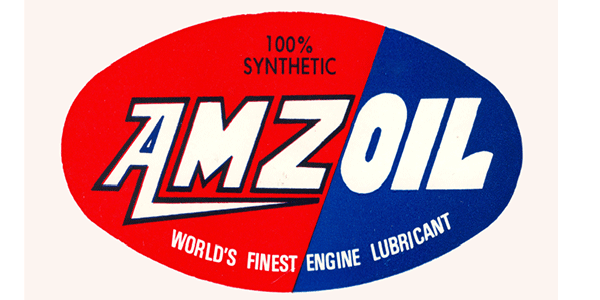The History of Synthetic Oil (and AMSOIL) John Baker|Dec 26, 2019 8:00 AM Research into alternatives to petroleum oils began long before Nazi Germany invaded Poland in 1939. But not until WWII choked off Germany’s crude-oil supplies and dramatically revealed petroleum oil’s failings on the front lines did a clear incentive to develop synthetic oil […]
You are browsing archives for
Category: Al Amatuzio
Worldwide Reputation – AMSOIL President
From the President – AMSOIL HQ in Superior, WI Last winter I was riding snowmobile with a group of friends in northern Wisconsin. We stopped for a break and another snowmobiler came in wearing a red AMSOIL Racing Jersey (G3537). I struck up a conversation with him and we talked about snowmobiles, riding and AMSOIL. […]
AMSOIL K-9 Foundation Supports Law Enfor...
AMSOIL K-9 Foundation – Al Amatuzio’s Legacy Carli Amatuzio|Jun 20, 2019 1:54 PM AMSOIL is involved in races and events all over the country, but one event we especially love is “Operation K-9,” which supports the AMSOIL Northland Law-Enforcement K-9 Foundation. AMSOIL founder and lifelong dog lover Al Amatuzio started the foundation when he saw a […]
We Called Him Al
We Called Him Al Daisy Quaker|Apr 07, 2017 12:37 PM Albert J. Amatuzio Jr. Much of the world knew him as the founder of a Midwest synthetic lubrication company that challenged the biggest companies in the business – going on not only to survive but flourish. Today AMSOIL stickers are proudly displayed on the windows […]



